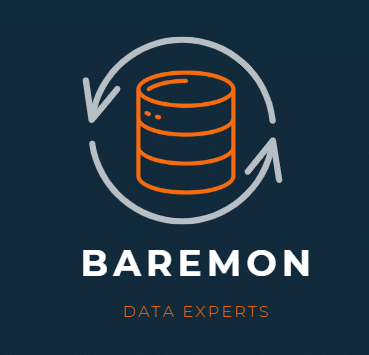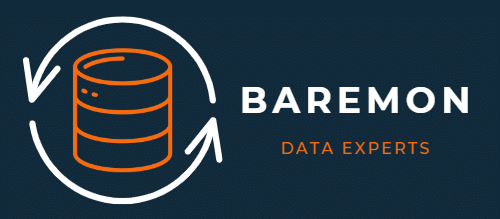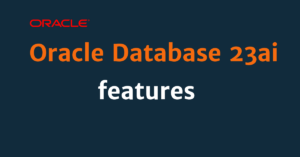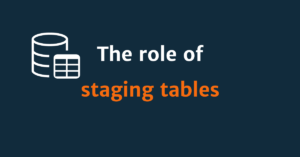Introduction
Which databases will be leading in 2025 — and why? As the data landscape becomes more cloud-native, AI-powered and workload-specific, it’s more important than ever to stay ahead of the trends.
At Baremon, we’ve been tracking the DB Engines ranking since 2023, and this year’s edition brings fascinating changes, innovations and new players. In this article, we look at the biggest changes in the DB Engines Popularity Index, explain the key technology trends and take a look at the databases we’ll be watching in the near future.
If you’re looking for a detailed overview of the top 10 databases, check out our companion article for an overview of their features, strengths and latest updates.
Development of the database rankings (2023–2025)
To better understand how the database rankings have changed, here is a comparison of the top 20 databases from 2023 to 2025, based on the DB-Engines ranking.
| 2025 Rank | Database | Type | 2024 rank | 2023 rank | Trend |
|---|---|---|---|---|---|
| 1 | Oracle | Relational | 1 | 1 | ⬆️ Rising |
| 2 | MySQL | Relational | 2 | 2 | 🔻 Declining |
| 3 | Microsoft SQL Server | Relational | 3 | 3 | 🔻 Declining |
| 4 | PostgreSQL | Relational | 4 | 4 | ⬆️ Rising |
| 5 | MongoDB | Document (NoSQL) | 5 | 5 | 🔻 Declining |
| 6 | Snowflake | Cloud Data Warehouse | 9 | 11 | ⬆️ Rising |
| 7 | Redis | Key-Value Store (NoSQL) | 6 | 6 | 🔻 Slight drop |
| 8 | Elasticsearch | Search Engine | 7 | 8 | 🔻 Slight drop |
| 9 | IBM Db2 | Relational | 8 | 7 | 🔻 Slightly Declining |
| 10 | SQLite | Relational (Embedded) | 10 | 9 | 🔻 Declining |
| 11 | Apache Cassandra | Wide Column (NoSQL) | 12 | 12 | ⬆️ Slight rise |
| 12 | Microsoft Access | Relational | 11 | 10 | 🔻 Gradual Decline |
| 13 | Databricks | Cloud Analytics Platform | 17 | 18 | ⬆️ Significant rise |
| 14 | MariaDB | Relational | 13 | 13 | ➡️ Stable |
| 15 | Splunk | Search Engine | 14 | 14 | 🔻 Declining |
| 16 | Amazon DynamoDB | Key-Value Store (NoSQL) | 16 | 15 | ➡️ Stable |
| 17 | Microsoft Azure SQL Database | Relational | 15 | 16 | 🔻 Declining |
| 18 | Apache Hive | Relational | 18 | 17 | ⬆️ Rising |
| 19 | Google BigQuery | Relational | 19 | 20 | 🔻 Declining |
| 20 | Neo4J | Graph | 23 | ? | ⬆️ Slight rise |
Important insights
- Oracle remains at the top and has even extended its lead with the continued development and integration of AI-powered features.
- PostgreSQL continues to grow in popularity and continues its rise as the leading open source alternative with advanced features and growing enterprise adoption.
- Snowflake and Databricks continue to gain ground and reflect the growing importance of cloud-native data platforms and AI-supported analyses.
- Apache Hive is regaining prominence as part of the modern data lake and Hadoop ecosystem.
- MySQL, Microsoft SQL Server and MongoDB have lost popularity as newer, more scalable and specialised solutions enter the market.
- Microsoft Access and Splunk have both seen a steady decline, indicating a move away from legacy systems and proprietary analytics platforms.
The most important trends in the database industry
1. Cloud-native and multi-cloud adoption
With Snowflake and Databricks at the forefront, it is clear that cloud-native solutions are becoming the new standard. Companies are prioritising scalability, pay-as-you-go pricing and cross-cloud compatibility.
2. Open source databases are on the rise
The continued rise of PostgreSQL shows that open source solutions for business-critical tasks are increasingly trusted. These systems offer expansion options and strong support from the community without being tied to licences.
3. AI-supported databases and query optimisation
The new versions of Oracle, SQL Server and IBM Db2 include AI-driven features such as automatic indexing and intelligent workload management. AI functions are becoming a must for performance optimisation.
4. Demise of general-purpose legacy systems
Databases such as Microsoft Access, Splunk and traditional on-premise SQL solutions are becoming less important. Companies are shifting to flexible, scalable and cloud-friendly platforms that better support modern data workflows.
5. Rise of specialised engines and data lakes
The return of Apache Hive and the growth of platforms such as Databricks highlight the demand for engines that can process massive analytical workloads in distributed environments.
Rising stars
- Up-and-coming databases in our sights:

- ClickHouse (jumped from #37 to #31) – A fast, column-oriented DBMS designed for analytical workloads and real-time reporting that is becoming increasingly popular in BI and telemetry platforms.
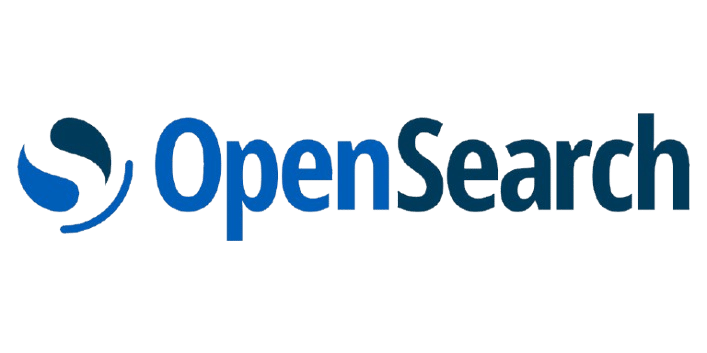
- OpenSearch (jump from #40 to #32) – A community-driven fork of Elasticsearch that focuses on search, observability and analytics. A strong competitor among open source search engines.
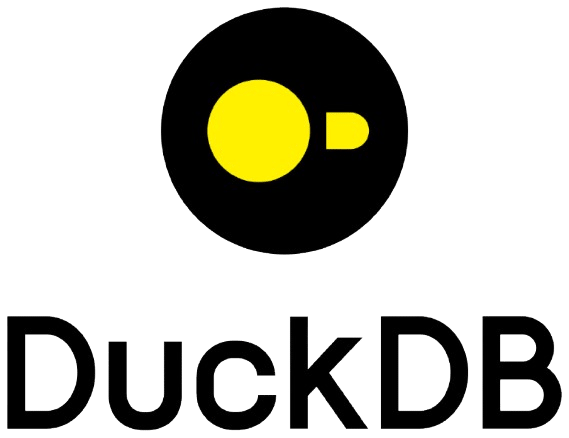
- DuckDB (jump from #81 place to #51) – DuckDB is an embedded analytical database that is ideal for local data analysis and is characterised by the processing of columns on the device without the need for a server.
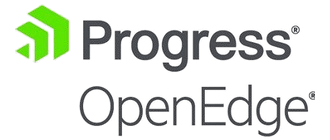
OpenEdge (jump from #94 to #74) – A robust, embedded RDBMS often used in enterprise software. It is known for its low overhead and integrated ABL (Advanced Business Language).
- Oracle NoSQL (jump from #101 to #78) – Oracle’s answer to scalable key-value and document workloads. Offers flexible data models and integration with Oracle Cloud.
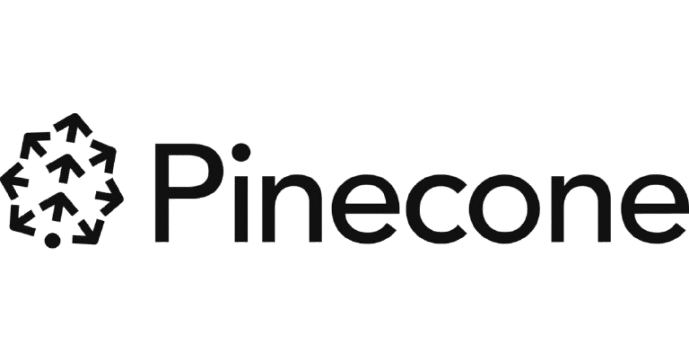
- Pinecone (jump from #98 to #81) – Designed for semantic search and NLP, Pinecone supports intelligent applications with real-time vector indexing and querying.

- QuestDB (jump from #115 to #84) – A powerful time-series database designed for real-time data collection and retrieval, especially in financial, IoT and surveillance scenarios.

- Milvus (jump from #150 to #91) – A vector database specially optimised for AI/ML applications that enables fast similarity searches in high-dimensional data.
These emerging databases show how the market is shifting towards specialised, performance-oriented systems that meet modern requirements such as vector search, real-time analytics, embedded processing and open source flexibility.
Conclusion
The database landscape of 2025 is characterised by a strong mix of cloud-native design, open source dynamics and new specialised use cases. The continued rise of platforms such as PostgreSQL and Oracle reflects the need for stability and innovation. Cloud-based solutions like Snowflake and Databricks are changing the way organisations approach large analytics and AI workloads. And new vendors like DuckDB and ClickHouse are proving that high performance doesn’t necessarily have to come with a cumbersome infrastructure.
At Baremon, we help our customers evaluate, implement and optimise database platforms that align with their business goals — whether it’s migrating legacy systems, scaling to the cloud or adopting cutting-edge analytics.
Talk to our experts to find the right database strategy for your Roadmap 2025.
